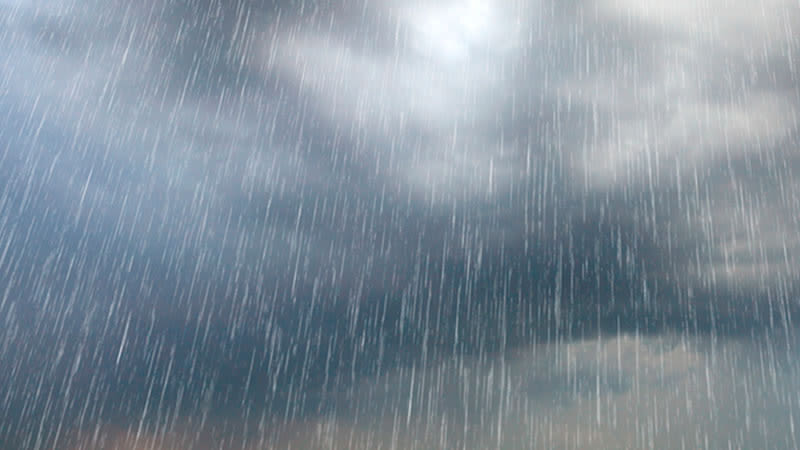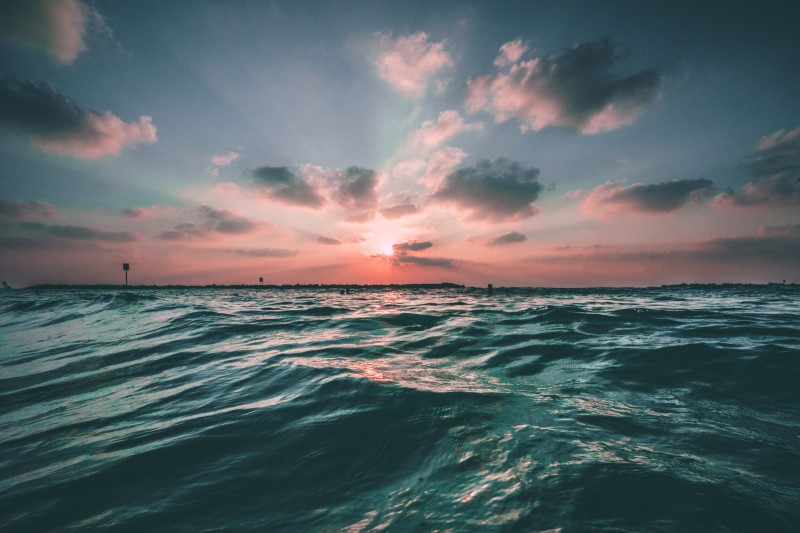What’s more depressing than being soaked in water? Being a child in Cornwall, UK, which is home to an average of rainy days per year, and has a tendency to have the four seasons all in one day, I’ve taken plenty of rainy dog walks and thru-hikes. I’ve also done a few bicycle rides. If I kept indoors every time the weather got poor, I’d never leave thus a waterproof jacket that is well-made is now one of my go-to items.
The majority of waterproof jackets aren’t made equal, and although a see-through poncho might be perfect for a rainy festival it’s not going to assist in a snowstorm. Here’s what you need to be thinking about.
How can you tell the differences between water-repellent and waterproof?
If you’re looking for proper defense against the elements, choose outerwear that is waterproof, not merely water-resistant. The gear that is water-resistant will offer protection against light showers, but it lets in water quickly.
A waterproof jacket stands against harsher weather circumstances, but if do not purchase a jacket that is breathable, you’ll be prone to an accumulation of moisture on the inside of the jacket instead. When engaging in intense exercise will leave you damp and uncomfortable. A coat that has a waterproof membrane can help ensure that it is breathable and allow moisture to let out.
You’ve probably heard about Gore-Tex one of the most renowned waterproof membranes on the market. It is used in the production of the Arcteryx beta ar jacket, which is a light, packable, highly versatile GORE-TEX PRO shell with a hybrid construction jacket, perfect for all outdoor activities. It works by using small pores that are small enough to stop drops of rain from getting into your jacket, but big enough to let your sweat wick out. Gore-Tex is far from the only waterproof fabric on the market these days, and many outdoor brands now have distinct versions of the membrane.
If your jacket isn’t as durable as it once was, however, the good thing is that you don’t have to purchase a brand new one. A water-repellent, durable coating (DWR) applies to the outside of a water-resistant jacket, and if your jacket begins to lose its impermeability, it’s simple to reapply a DWR yourself. To determine whether your jacket needs to be topped up with a DWR topping-up, spray it with water and check whether the water evaporates and slides off. If it does, then you’re good. If it’s causing damp, dark patches of fabric, it’s a good time to purchase a DWR replenishment product and then recoat your coat.
What is the best way to know what degree of protection a waterproof jacket can provide me?
There’s a handy scale to help you determine this, and numerous stores will display a waterproof rating next to their jackets. A minimum of 5,000mm is the level of waterproofing required to be considered waterproof, and not only water-resistant, but it’s not enough to stand against greater than mild showers and drizzle. 10,000mm-15,000mm can withstand the majority of downpours, and 20,000mm and upwards is for really intense conditions and heavy downpours, however, jackets will generally be heavier.

Which one should I go for?
Since you’re unlikely to be wandering around in just the bikini and waterproof jacket, get a jacket that has enough space to layer. For three-season hiking and mountaineering, a jacket with a waterproof design that allows you to wear a base layer with a down jacket underneath should suffice. However, if you’re partaking in winter mountaineering, you’ll require something a bit more roomy to allow you to layer up.
What other features could be helpful?
Find jackets that have taped seams. This signifies that the seams on the inside have been sealed to stop water from getting in through tiny holes. Storm flaps can be a practical feature: flaps on the outside that protect zips of the jacket also have a porous area in which rain can get in. For most of my occasions, I prefer wearing a raincoat with a hood with a peak. This keeps the rain from your eyes, whereas jackets that only have a drawstring hood allow rain to trickle down your face.


